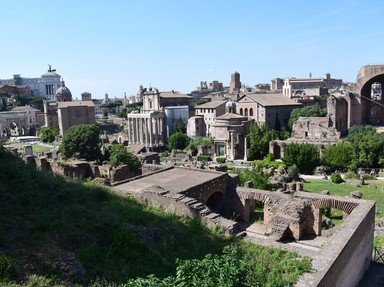Quiz Answer Key and Fun Facts
1. When did the Byzantine Empire fall?
2. When did the Ottoman Empire fall?
3. In the 1910s and 1920s, many empires collapsed. Which one of these were NOT one of them?
4. In what year was the royal family of Vietnam deposed?
5. This Asian country was conquered by Japan in 1910. There were no more native emperors after its conquest. What is this country?
6. The Japanese Empire has been overthrown.
7. Although the French Revolution ended in 1793, there were many more monarchs after that. When did the last emperor of France gets overthrown?
8. When did the last Mughal emperor of India's reign end?
9. When did the Holy Roman Empire dissolve?
10. Many people think that Montezuma was the last Aztec Emperor. However, there were much more after him. When did the last Aztec ruler's reign end?
Source: Author
foil7
This quiz was reviewed by FunTrivia editor
bloomsby before going online.
Any errors found in FunTrivia content are routinely corrected through our feedback system.


